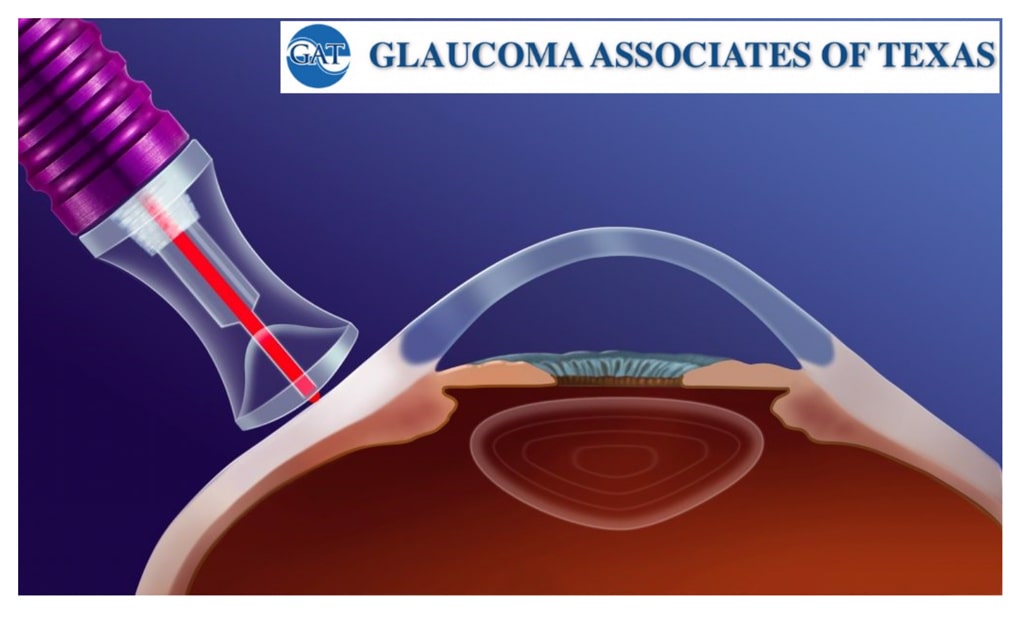Micropulse Transscleral Cyclophotocoagulation (MP-TSCPC)
Micropulse Transscleral Cyclophotocoagulation (MP-TSCPC) is recommended for a variety of patients with glaucoma to reduce aqueous humor secretion by lasering the secretory epithelium of the ciliary body, thereby lowering intraocular pressure (IOP). In addition, there is also some evidence that MP-TSCPC helps to lower IOP by increasing aqueous outflow, potentially giving it two mechanisms of action.

Cyclophotocoagulation (MP-TSCPC)
Why would MP-TSCPC be recommended for me?
Micropulse transscleral cyclophotocoagulation is recommended for patients with a variety of glaucomas. This laser may be used it, patients who do not desire incisional surgery, are poor incisional surgery candidates, or as an adjunct for patients who have already undergone incisional surgery but continue to have an elevated IOP. Micropulse transscleral cyclophotocoagulation may be used in patients with mild, moderate, or severe glaucoma.
MP-TSCPC is an outpatient procedure. The patient receives a peribulbar block (anesthesia around the eye) prior to the laser. The laser, performed by your ophthalmic surgeon, takes approximately 10-15 minutes and will require the use of postoperative drops to decrease inflammation in the eye. Most patients have minimal postoperative pain. The procedure may be combined with the injection of a pain killer (Chlorpromazine) behind the eyeball.
Since there are no incisions made into the eyeball there are usually no postoperative restrictions associated with the procedure. You will have a patch on the eye for the first 24 hours after the procedure and your doctor will want to see you the day following the procedure in the office to check your eye pressure.
MP-TSCPC may be repeated if the desired eye pressure is not achieved.
For more information, visit Micropulse Transscleral Cyclophotocoagulation.

 DONATE NOW
DONATE NOW